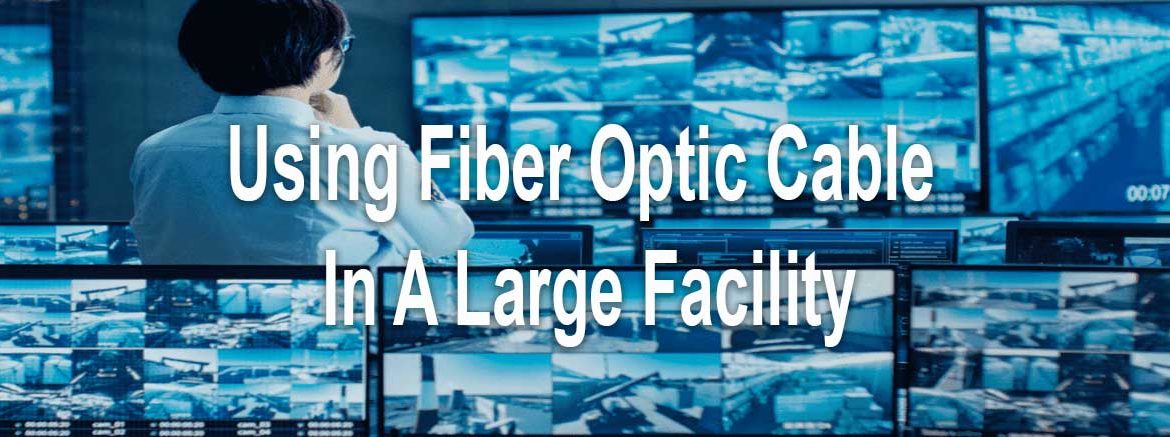
Optical-fiber cable offers the greatest bandwidth performance of any media type used in today’s security and surveillance camera systems. A recent trend in surveillance cameras is the migration to Internet Protocol (IP) to take advantage of low-cost Ethernet system electronics as well as digital transmission and the ability to interoperate with multiple security systems.
Multimode fiber is the dominant fiber type used for analog and digital Ethernet systems to 2 kilometers (km), while singlemode fiber is the choice for distance beyond 2 km in digital Ethernet systems. Optical fiber is a dielectric transmission medium that is not susceptible to electromagnetic interference (EMI) or radio frequency interference (RFI). No separation restrictions from EMI or RFI ingress sources, such as motors, fluorescent lights, or power cables, exist relative to indoor or outdoor placement.

Optical-fiber cable is the most robust mechanical and environmental performance of any media type used in today’s security video surveillance systems. Optical-fiber cable withstands the rigors of installations and vast environmental conditions of the inside/outside plant without compromising reliable video transmission performance. And, optical-fiber cable’s small size relative to other types of media maximize pathway and space use. It is ideal for routing inside and outside buildings into surveillance or monitoring cameras.
Video systems are being deployed in the enterprise space for security and surveillance applications. Optical-fiber cable connectivity is increasingly being selected by end-users to provide highly efficient and reliable analog and digital video transmission. The high bandwidth and extended distance capability offered by optical-fiber cables, along with its ease of installation, termination, and testing, make optical-fiber cable solutions a favorable option for surveillance network managers.
Call Northeast Remote Surveillance and Alarm, LLC to see if fiber optic will help your facility. (888) 344-3846.
